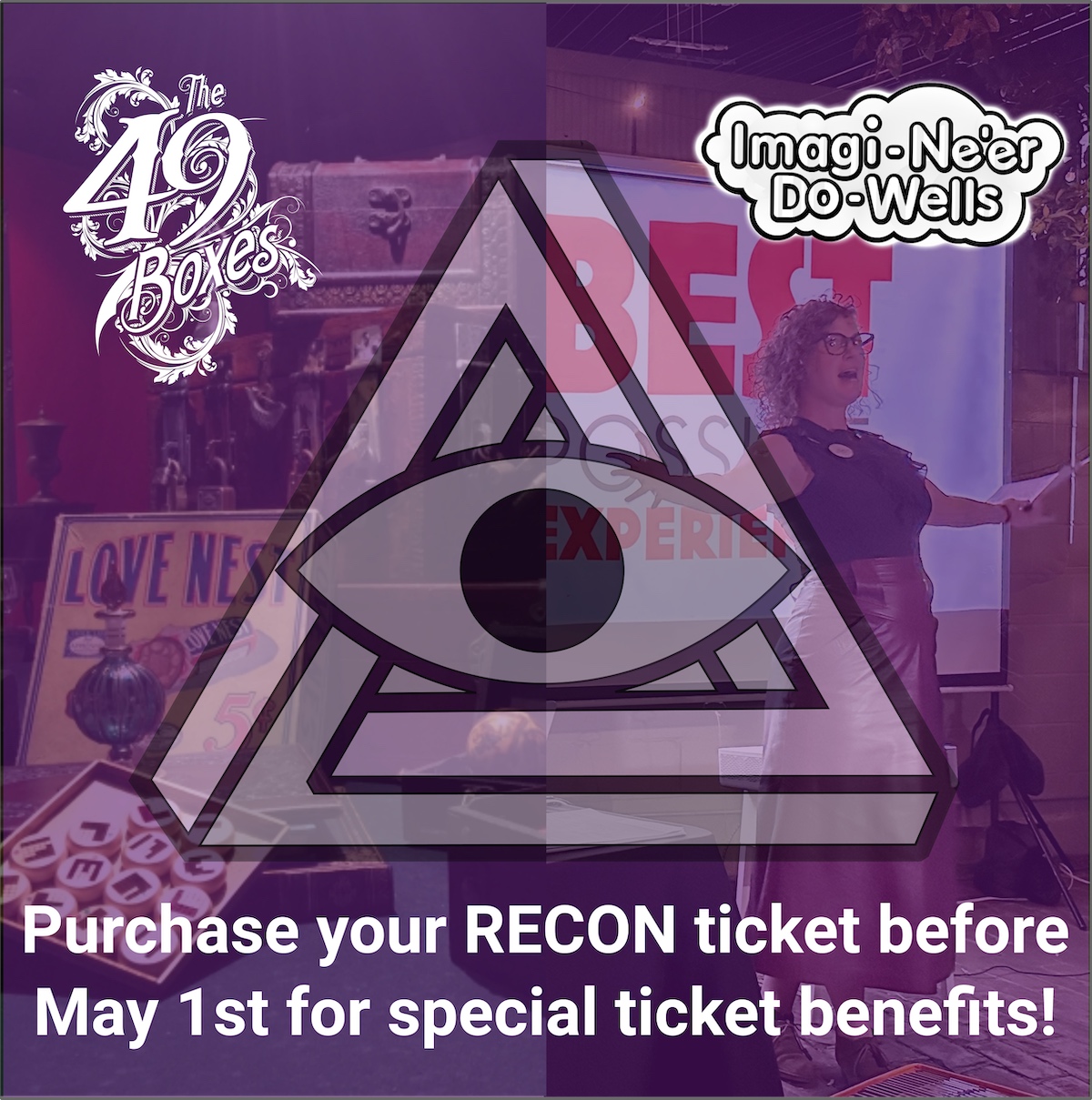Get schooled in creating a room escape for students
Author: Julia Morris
Year: 2020
Page count: 190
Price: $9 for ebook, $11 for paperback
Publisher: self-published
REA Reaction
This is a well-organized, well-written guide for teachers looking to create escape room-style experiences for their students. It can be used by beginners who want to create their first escape room, or for those with experience looking for new tools to try. The author is a language teacher, and her examples depend heavily on puzzles that require recall of facts learned in class. While this is an interesting way to review material, I would have preferred to see more deductive thinking and reasoning incorporated. More and more teachers are using puzzles, breakouts, and immersive experiences in their classrooms, and this book describes many puzzles that can be used to create a fun, memorable educational experience.
Who is this for?
This book was written by a high school teacher, with other teachers in mind. However, anyone involved with designing puzzles or room escapes for people 13 and older might find it useful.
Structure
Part 1 is around 50 pages, and gives an introduction to the topic – the value of using escape rooms in education, an overview of physical and digital formats, and the importance of good puzzle design and compelling storylines.
Part 2 consists of 120 pages that give detailed instructions on how to use specific puzzles, including digital and paper-based puzzles, and physical items. Some are well known, like UV lights and crossword puzzles, and some are less common. Each puzzle section has a photo or screenshot, and sections titled “What is it for,” “How do I create it,” “How do the students use it,” and “How could I use it.” There are 35 puzzles described. The author provides examples and a link to her website that has templates for the digital puzzles she describes.

Analysis
➕ The first part of the book gives a good introduction and overview, and will be helpful to newbies. I was glad to read that she thinks “the story and the immersion are the main elements that set an escape room lesson apart from any old, boring lesson with some puzzles thrown in.”
➕ For each puzzle type, examples are given showing how to construct and use both digital and physical versions.

➕ This is not just a list of puzzle types. It includes many useful resources and short sections on multiple aspects of game design, including immersion, narrative, hinting, balancing puzzle types, and good puzzle design.
➕ The author is knowledgeable about the field of puzzle design, and refers to experts such as Scott Nicholson.
➕ The puzzle section includes detailed, step-by-step directions, and helpful images.
➕ The suggested digital tools go well beyond the usual Google Forms style, such as the flexible web-based virtual locks from LOCKEE.fr.
➖ The risk of providing step-by-step directions is that they could become out of date when the digital resources are updated.
➖ I wish the scope included elementary and middle school as well.
➕ /➖ Since these escapes are meant for schools, the author creates with educational content in mind, and gives examples where the students need to translate words from English to German without a translating tool in order to solve a puzzle. This kind of puzzle can be used to review material, or to assess how much students have learned. However, these examples will be less useful to readers who want to create puzzles that any student can solve using logical thinking, without outside content knowledge.
➕ / ➖ Most of the suggested digital resources are free, but some require a paid subscription.
❓ Occasional British-isms (e.g. “washing-up liquid” and “torch”) used by this UK-based author may mystify American readers.
Buy your copy of Escape Rooms in Education: A Practical Guide, and tell them that the Room Escape Artist sent you.
Disclosure: My husband provided some informational resources to the author early in her process.
Support Room Escape Artist’s Mission
There are lots of ways to support Room Escape Artist, like buying from Amazon or Etsy after clicking into the links included in this post or backing us on Patreon.
The money that we make from these helps us to grow the site and continue to add more value to the community that we love so much.



![The Paper Labyrinth : The Power of Four [Hivemind Review]](https://roomescapeartist.com/wp-content/uploads/2024/03/paper-labyrinth-power-four-1.jpg)
![Rock City Escape – Poppet [Review]](https://roomescapeartist.com/wp-content/uploads/2024/03/rock-city-escape-poppet-2.jpg)

Leave a Reply